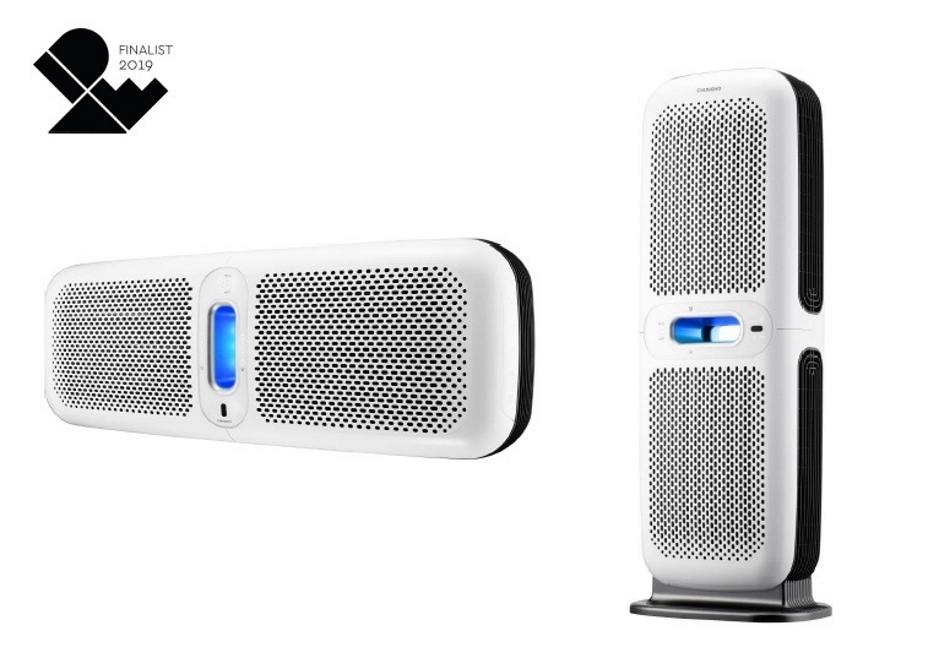There are several varieties of air filters in the market. These filters are often classified based on the extent to which they can remove a particular size of solid particles present in the air. When we say solid particles, it includes dust, pollen, bacteria, mould, etc.

HEPA & ULPA Filter
What is HEPA & ULPA filter made of?
How do HEPA & ULPA filters cleanse the air?
| Principle | Explanation | Illustration |
| Inertia | Large particles (about 0.5 to 5 microns) have too much inertia and hence deviate from the air stream around filter fibres, so they impact the filter fibre and be retained by cohesion |  |
| Interception | Medium particles (about 0.1 to 0.5 microns) follow the air stream around filter fibres, however when they come in *side* contact with a filter fibre they are intercepted |  |
| Diffusion | Small particles (below 0.1 microns) oscillate according to Brownian motion due to bombardment by air molecules. When they touch the fibre, they are retained by cohesion. |  |
What particles can a ULPA filter remove?
Uses of ULPA filters
Today, ULPA filters are used widely wherever high levels of air purity are required. Some of the most common places they are used are –
Check out our ULPA in action here & our advanced air purifier lineup.




